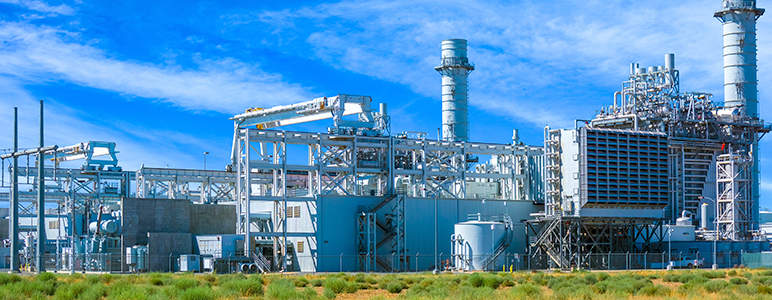


As an SDG&E customer and clean energy advocate, I was dismayed to read of the recent decision by the First District Court of Appeals to remove a key legal hurdle to building the Carlsbad Energy Center — a $2.2 billion dollar, 558-megawatt gas-fired power plant. The court’s decision affirms prior approval in May 2015 by the California Public Utilities Commission (CPUC).
Make no mistake: Clean, renewable energy is California’s future. As a ratepayer, I want to see my dollars going toward energy infrastructure that hastens the transition to sustainability at a predictable price — not new investments in large combustion power plants.
Originally appeared on the San Diego Union-Tribune
The proposed Carlsbad plant contradicts the priorities that California has established to reduce pollution across our state as it will use combustion to generate power. It runs counter to the energy-use practices that Californians are adopting in terms of clean distributed power generation combined with investments in energy efficiency. Distributed or on-site power generation minimizes or avoids the cost to ratepayers for transmission and the associated impact of siting transmission towers to deliver the power where it is used.
Since CPUC’s initial May 2015 decision to approve the Carlsbad plant, our state has doubled down on priorities to increase renewable generation and decrease pollutant and greenhouse gas emissions. Five months after CPUC approval for Carlsbad, Gov. Jerry Brown signed Senate Bill 350, landmark climate change and clean energy legislation, requiring California to generate 50 percent of its electricity from renewable energy sources and double energy efficiency in all buildings by 2030. The 50 percent renewable mandate replaced a 33 percent mandate previously in effect.
In September, Gov. Brown signed another landmark law, Senate Bill 32, requiring the state to cut greenhouse gas emissions to 40 percent below 1990 levels by 2030. This is a far more ambitious objective than the previous mandate to hit 1990 levels by 2020.
Its companion measure, Assembly Bill 197, directs state agencies like the CPUC to maximize polluting emission reductions from on-site sources, which occurs when a fuel source is burned, such as the proposed Carlsbad plant. This proposed plant runs squarely against the spirit of AB 197 — meant to discourage the building of new major emission sources with long lifetimes.
Passage of these laws since the CPUC’s initial action on Carlsbad should trigger serious reconsideration of the proposed plant.
Moreover, our regional energy needs may have changed. One of the arguments behind building the Carlsbad plant was rising grid electricity demand in SDG&E’s service territory. This may not account for an unprecedented recent rise in local solar deployment. For example, a Dec. 5 Union-Tribune article (“Up, up and away: Residential solar in San Diego keeps rising”) highlights exponential growth for residential solar installations in the region. In addition to the changing legal and policy landscape, regulators should consider re-evaluating the need for the plant based on evolving local energy demand.
A variety of clean energy innovations have helped to mitigate the need for large combustion power plants. Many established companies and startups from San Diego County and Orange County would embrace the opportunity to provide the region with clean, reliable, affordable electricity and related services, if only given a better chance to compete. Cost reductions and reliability improvements are occurring rapidly across a variety of responsive technologies.
UC San Diego has one of the most advanced microgrids in the world. The university’s system generates approximately 92 percent of the electricity used on campus annually and saves the university more than $8 million a year in power costs as compared to importing the same amount of energy. Included in the microgrid are a variety of power generation systems, including the largest renewable fuel cell project in the country. This is the type of innovation we increasingly should demand throughout the region.
SDG&E and CPUC should work collaboratively with local stakeholders on a new process to gather the latest information on distributed energy resources, demand response, energy efficiency, energy storage, renewables, combined heat and power, and fuel cells. With an open mind and willingness to think creatively, we can help mitigate the need for centralized combustion power plants. If CPUC will not take this action unilaterally, the state Legislature should consider intervening in the process.

